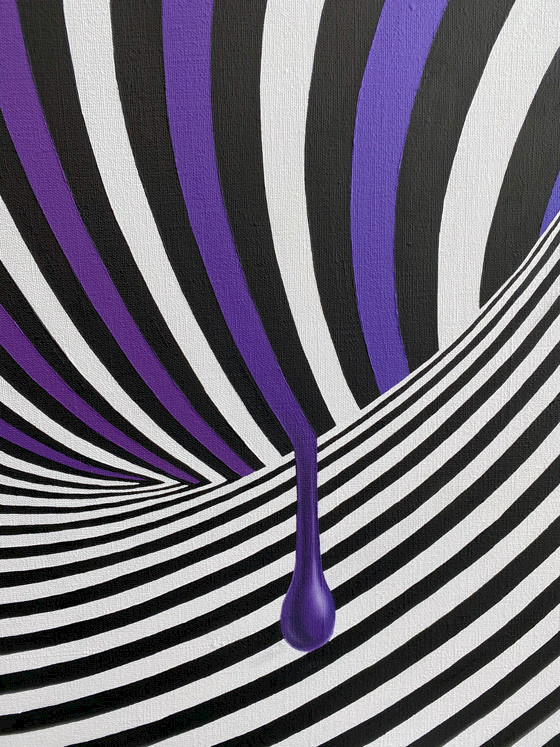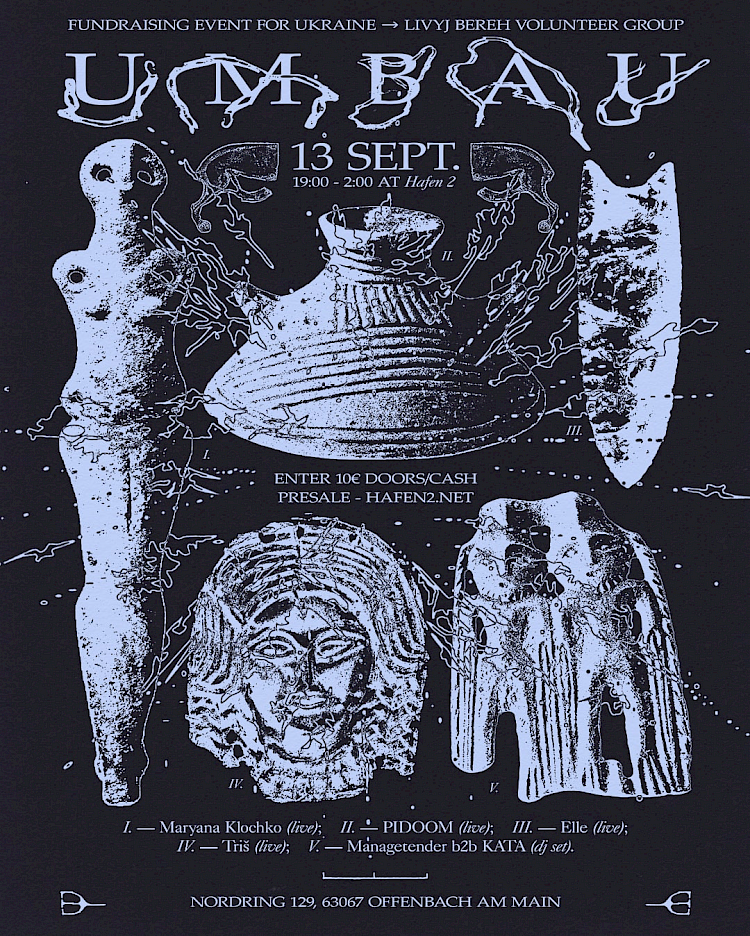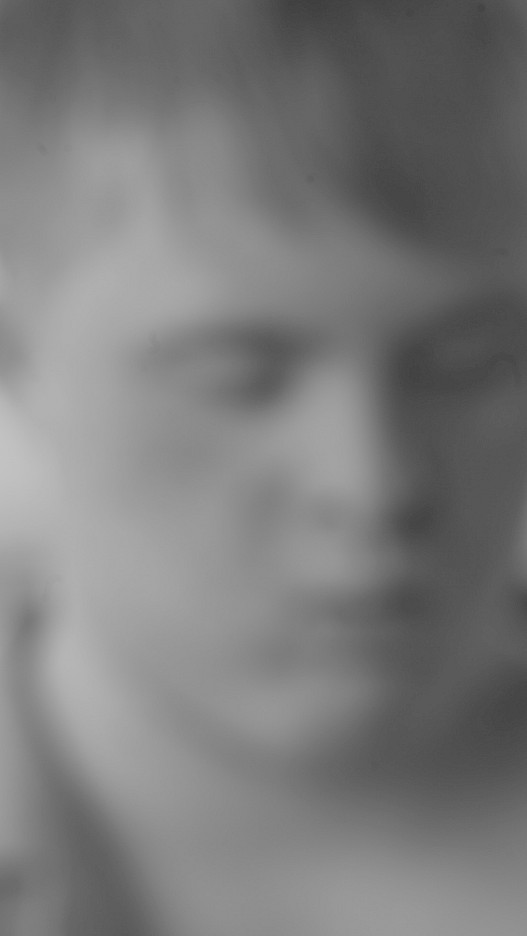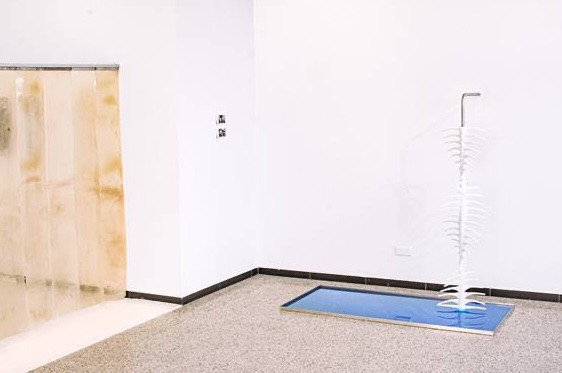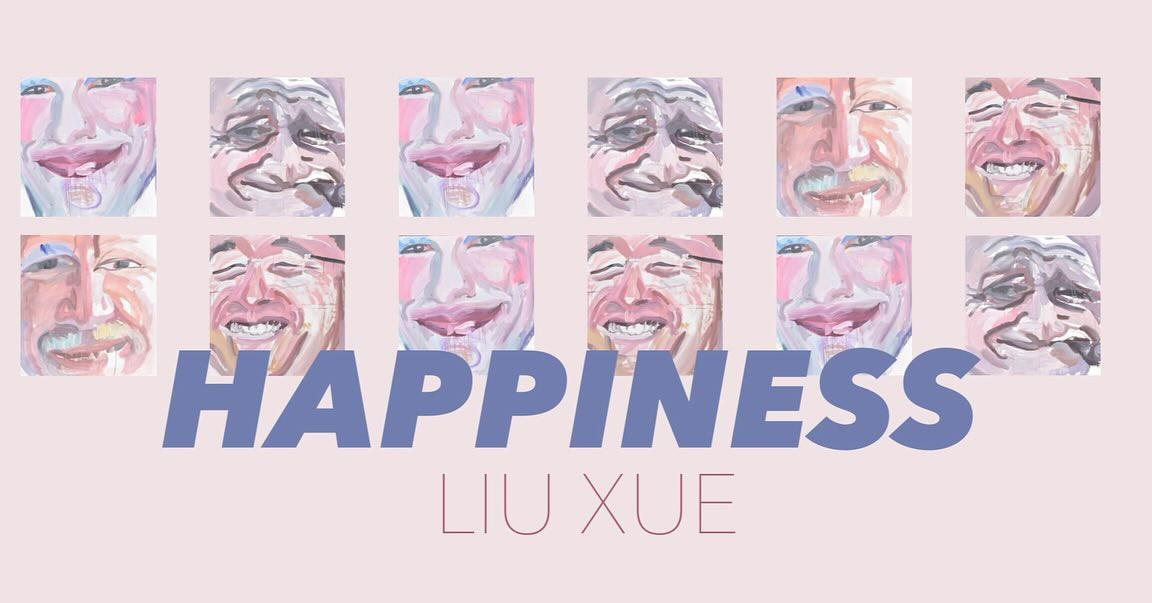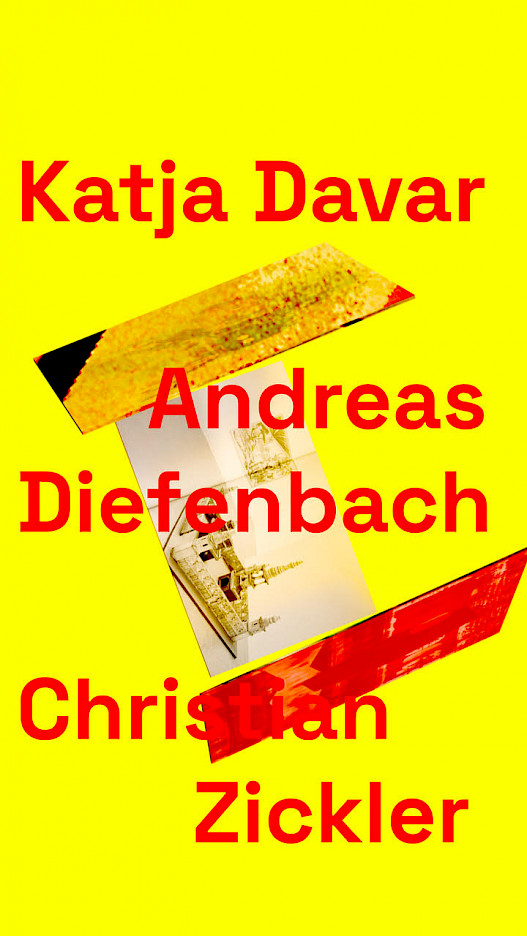participates in
EURASIA − A Landscape of Mutability
Group show at M HKA, Antwerp, Belgium
October 8, 2021 – January 23, 2022
Opening Thursday, October 7, 6pm – midnight
The exhibition EURASIA – A Landscape of Mutability seeks to map innovative practices and exchanges that reflect the plurality of cultures, collaborations and conceptions of Eurasia. Inspired by the artistic imagination of artists, it will consider Eurasia as a landscape of mutability. It will explore the transformations and growing mutipolarity of the supercontinent, reflecting the flux of cultural practices.
The exhibition includes Haegue Yang’s
Sonic Intermediates – Three Differential Equations, 2020
Haegue Yang is a transdisciplinary artist who takes inspiration from the wider biographical contexts of key historical figures from across paradigms of culture and politics. Her sculptural trio Sonic Intermediates – Three Differential Equations considers the three artists Li Yuan-chia (1929–94), Barbara Hepworth (1903–75) and Naum Gabo (1890–1977), three artists who moved for various reasons to locations in the UK to undertake their artistic work. Hepworth, a rare and influential female figure amongst the modernist artists of the early 20th century, moved to St. Ives at the outbreak of the Second World War to be part of the artist’s colony that became the core of modernist artistic practice in Great Britain. Gabo, a Russian Jewish artist of the avant-garde also followed artists such as Hepworth and Ben Nicholson to St. Ives during the Second World War. Chinese artist and curator Li Yuan-chia moved to Brampton the North West of the England and set up the LYC Museum and Art Gallery, where he organised exhibitions with artists including David Nash and Kate Nicholson and ran programmes and workshops with and for the local community. Each of the sculptural trio resemble formal aspects of the practices of these artists, but incorporating Yang’s signature materials such as plastic cords, turbine vents and plated bells. Yang inserts herself in this constellation of three historical figures and seeks to establish a non-conventional dialogue against the established narrative of history-writing. The sculptures are on casters and could be operated by grasping their handles, with their bells rattling when moved. Through their life stories as well as their artistic achievement, Yang reflects on the migration between home and abroad, the legacy of engagement and interactions of these artists, as well as the cross-pollination of ideas it generated against the conventional logic of modernism.
Yang’s interests in the relations and parallels of different biographies expands into textual form. Her ongoing series
A Chronology of Conflated Dispersions considers the biographies of key cultural figures who also reflected on the politics of their time, and placed in the broader context of history. Two chronologies are presented here.
A Chronology of Conflated Dispersion – Duras and Yun intertwines the parallel biographies of the French writer Marguerite Duras (1914–96) and the Korean composer Isang Yun (1917–95). This merged chronology of figures who extracted their key experiences at home but also in other territories – Duras lived in French-Indochina as a child and Yun lived in Germany in the latter part of his life – is embedded within the legacy of imperialism, the Cold War and other pivotal social, cultural and political events.
A second chronology, A Chronology of Conflated Dispersion – Duras and Orwell, intertwines the biography of Duras with that of British writer George Orwell, who was similarly experienced the colonised Asia from the viewpoint of the coloniser – in his case in India where he was born, with subsequent experiences in Burma. Yang’s merged chronologies invites us to look at the lives of these influential figures, to see how both personal experiences and socio-political affect played a role in forming radical alternative worldviews.

